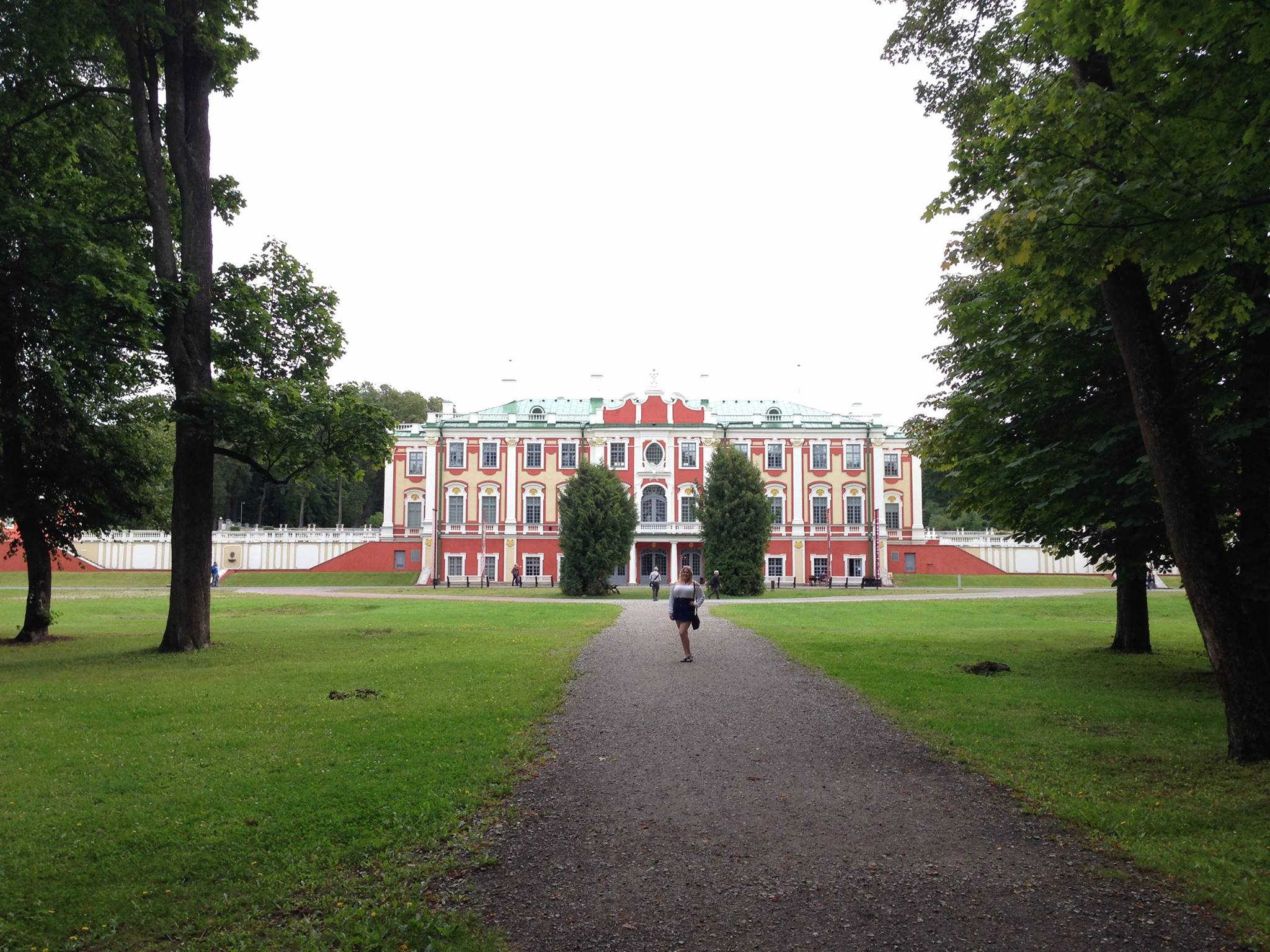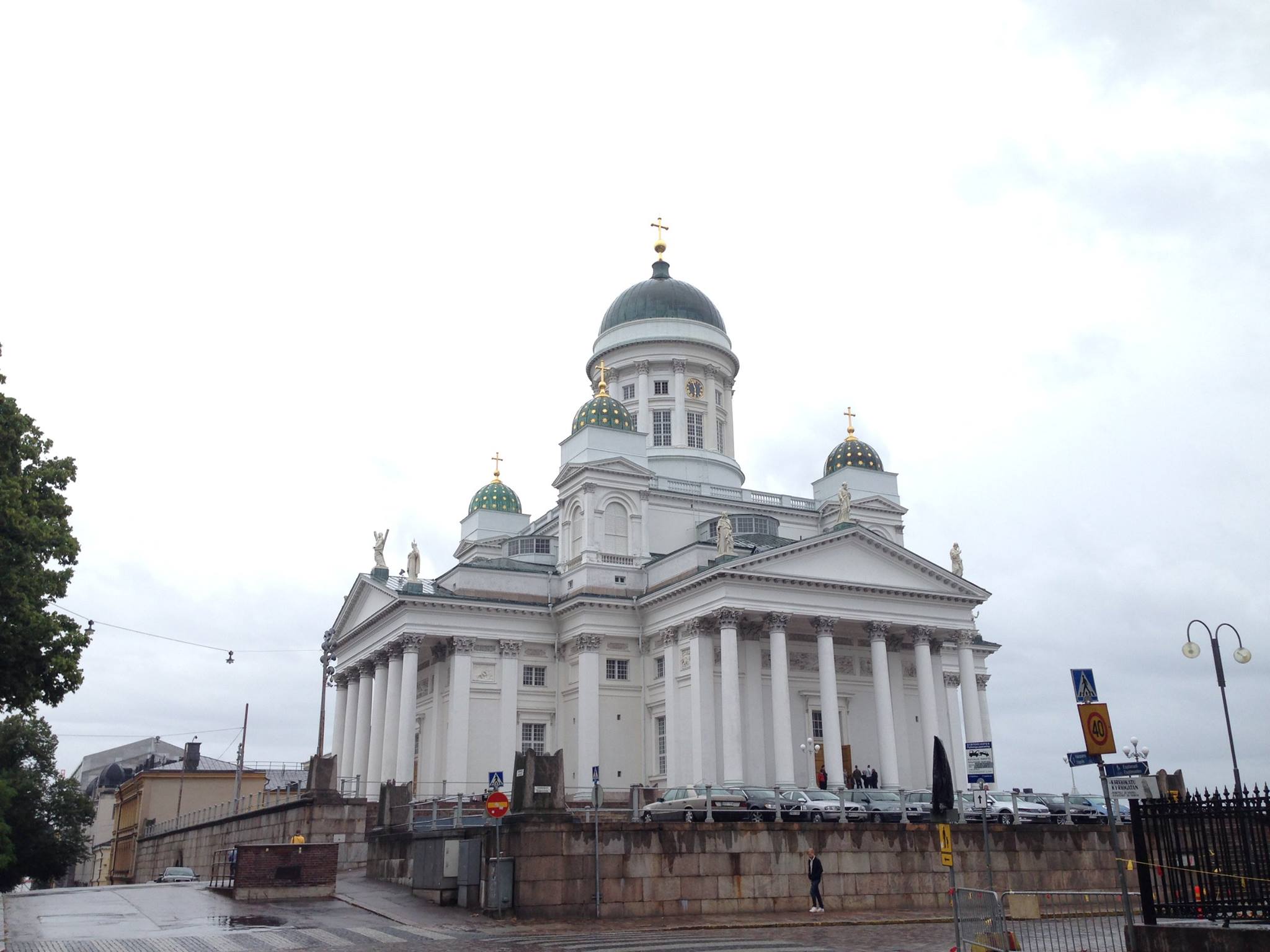Quick Travel Guide: Tallinn, Estonia
/TALLINN
Country: Estonia
Time zone: UTC +2
Demonym: Tallinner
A little bit about Tallinn
Tallinn is the capital and biggest city of Estonia. Located along its northern coast, it is one of Europe’s newest capitals, despite having over 1,000 years of history.
Tallinn was untouched by war, remaining perfectly preserved, and away from its historical centre there is a thriving ‘new city’ with all the mod cons of other steel and glass utopias, as well as charming neighbourhoods filled with brightly painted wooden houses, green spaces, redeveloped docks, beaches and forests.
Tallinn was first mentioned in 1219, but the earliest human settlements in the region date back 5,000 years. Due to its strategic location on the Baltic Sea, it became a major trade hub, especially from the 14th to 16th centuries, when it grew in importance as part of the Hanseatic League.
Why should I go?
Tallinn has one of the world’s best-preserved old towns, and that alone should make it worthy of a city break. Its original city walls stood 2.4 kilometres long, just under two of which survive to this day alongside 20 observation towers. The skyline of Tallinn is very distinct, and within those walls you’ll find it easy to get lost in all of the wonderful, old architecture adorning its streets. It should be no surprise that Tallinn Old Town is also inscribed as a UNESCO World Heritage Sites.
Aside from its old-world charm, Tallinn is home to one of the most intriguing sets of attractions in the world. A first-class maritime museum, candlelit restaurants, an abandoned prison, a Soviet television tower and a brightly-coloured palace all help to create a first-class offering. Reasonably priced, not overcrowded with tourists and with plenty to fill the itinerary – Tallinn should be added to your to-do list.
The main attractions
St Olaf’s Church
St Olaf’s Church is one of Tallinn’s most iconic landmarks and is also the city’s biggest medieval structure. It took its name from Norwegian king Olav II Haraldsson and between 1549 and 1625, it was believed to be the tallest building in the world.
Lightning is known to have struck its spire around 10 times, three of which have led to extensive fires, and subsequent rebuilds, in 1625, 1820, 1931. From 1944 until 1991, the spire was used as a radio tower and surveillance point for the Soviet KGB, but today it acts as a tourist attraction and viewing point.
Old Town & City Walls
Although there are certain monuments in the Old Town that have been highlighted below, the area collectively is one that deserves to be coined an attraction in its own right. Take a stroll back in time and wander through cobbled alleyways and winding streets. It is also home to a wealth of restaurants, bars, museum and galleries, and is enjoyed by locals and visitors alike.
It is also possible to walk a section of the city walls which connect the Nunna, Sauna and Kuldjala towers. Get an interesting vantage point and soak in the fairy tale charm of Tallinn, while gaining the perspective of the guards that used to roam the walkways, guarding the town against medieval invaders.
Alexander Nevsky Cathedral
A richly decorated orthodox church whose architectural style forms a riveting contrast with the rest of the city, the Alexander Nevsky Cathedral is one of Tallinn’s most popular attractions and an important building.
Built in 1900, when Estonia was part of the Russian Empire, it is Tallinn’s largest orthodox cupola cathedral. Its beautiful exterior is imposing, but also worth visiting for its incredible mosaics and icons.
Kadriorg Palace
At Kadriorg Palace, it feels like the building and its surrounding gardens are in competition to see which can be boldest and brightest. The baroque construction, with its red façade and green roof, was built for Catherine I of Russia by Peter the Great.
The palace currently houses the Kadriorg Art Museum, a branch of the Art Museum of Estonia, but it’s worth going in for the elegant, ornate décor on display as much as what’s on the walls. Its gardens, which bloom bright year-round, are a popular spot for summertime wedding shoots. See if you can spot a bride and groom on your visit!
Toompea Castle
Sat proudly atop Toompea hill, Toompea Castle is a 14th century structure belonging to the Riigikogu – the Estonian Parliament. Ever since the German Knights of the Sword first built a stone fortress on the site in the early 1200s, every foreign empire that ruled Estonia has used the castle as its base.
Despite being renovated countless times throughout its history, Toompea Castle retains the basic shape it was given in its earlier years. Its front gives the impression of a majestic, baroque palace, while the view of the castle from the base of the hill gives it a much more of a medieval look. The castle is open to the public throughout the week, while sessions of parliament can be watched from the public gallery.
Getting there
Image credit: Sergei Gussev/Creative Commons
Tallinn is served by Tallinn Airport, which is well connected to major cities throughout the continent. airBaltic, easyJet, Ryanair and Wizz Air all provide low-cost services to and from London, which is the only city in the United Kingdom that has direct flights to Tallinn. To get from the airport to the city, trams and buses leave from outside the terminal and run to the city. Public transport is the cheapest option, but taxis are more convenient. Use Uber to avoid getting ripped off and to ensure a safer journey. For more information on airport to city transport options, click here.
You can also get to Tallinn by bus. Lux Express are one of the best bus providers in the region, and run regular services from Tallinn to Helsinki, St Petersburg, Riga and other parts of Estonia. All international and long-distance rail services run through train station Balti Jaam. For more information on tickets and timetables throughout Estonia, check out Elron.
Regular ferry crossings from several providers between Tallinn and Helsinki are also available. To find out more head on over to Direct Ferries.
Getting around
Image credit: magro_kr/Creative Commons
Tallinn is one of the most walkable cities in Europe. Everything is fairly compact, so even if you’re heading to the port to catch a ferry, it’s only a short walk away. For attractions that are slightly further away from the city centre, such as Kadriorg Palace, you can take one of the city’s trams, trolleybuses or regular buses.
Where to stay
We stayed at Hotel Bern, which was a great base for six days in Tallinn – two of which were spend across the water in Helsinki. Its proximity to the Old Town, reasonable price and clean, straight rooms made for a comfortable stay.
Much like any major European city, the accommodation options are endless, and cater to most budgets. Staying outside Old Town is bound to shave the cost but staying inside the city walls means you are always at the heart of the action. Booking.com has a great selection of Tallinn hotels, so I’d recommend taking a look at what they have to offer.
Eat and drink
While food and drink in Tallinn may not be as cheap as the offering of its Baltic neighbours, there is plenty of choice to keep visitors happy.
Eating in Town Hall Square is an absolute must, and even though it is a bit of a tourist trap, dining to the backdrop of the stunning gothic Town Hall and its hourly bell chimes is a delightful experience. Underneath the Town Hall you’ll find old-style bar III Draakon, which serves beer in old ceramic vessels and is lit only by candlelight. If anything says medieval, it’s this place.
If you’re in Estonia you have to try local speciality Vana Tallinn – a sweet liqueur invented in the 1960s which can be drank hot or cold, straight, or in a cocktail or coffee. This smooth drink, with hints of cinnamon, toffee, citrus and warm spices, is best served at Vana Toomas Café, where charismatic bar tenders will whip you up a concoction with a dash of skill and a sprig of flair.
Typical food in Estonia consists of rye bread, pork, potatoes, fish and dairy products. Try a sprat sandwich, an open sandwich with ‘fillings’ on a bed of rye, or semla, a sweet roll with whipped cream.
Five observations
Like a fairy tale
Tallinn isn’t the most accessible city from the UK, but I do think it is well worth the journey, especially if you’re travelling with kids. To me, it’s like Disneyland in real life, and little princes and princesses will be charmed by the city’s otherworldly feel. If you’re looking for a family break with a twist, give Tallinn a go.
Is Patarei Prison the world’s most dangerous tourist attraction?
Crumbling walls, old medical equipment and used condoms all feature on the Patarei Prison tour. It is one of the world’s most dangerous tourist attractions, in my opinion, and you can find out why I think that here.
Don’t miss out on Helsinki
Tallinn is well connected with northern maritime neighbours, Helsinki. The Finnish capital sits directly across from Tallinn, and there are more than 10 sailings per day between the two cities, from early morning to late at night.
If you’re heading to Tallinn, it might be a good idea to tack on an extra day or two so that you can squeeze in the sights and sounds of another country.
An underrated Christmas market destination
Running from mid-November to early January, the Tallinn Christmas Market is one of Europe’s most beautiful. Snowy winters are a fixture of the Estonian calendar making the dainty market, located in Town Hall Square, that bit more picturesque.
Travelling Toomas
Tallinn Town Hall with the Vana Toomas weather vane.
Vana Toomas, or Old Thomas, is one of the symbols and guardians of Tallinn. A weather vane, his figure was put on top of the spire of Tallinn Town Hall in 1530. As my name is Tom, or Thomas, this was a point of amusement on our trip. If I ever move to Estonia, I might have to rename the blog Travelling Toomas!
Did you know?
Throughout most of its history, Tallinn was known by its German name, Reval. According to legend, the origins of the old name comes from deer hunting. In German, Reh-fall means deer fall, a word used to describe when an animal fell off a cliff and perished. However, some historians doubt this claim and believe it is more likely to have derived from an old Estonian county called Revalia.


































If you’re travelling to Belfast, here’s everything you need to know including what to see, where to eat, where to stay and how to get there.